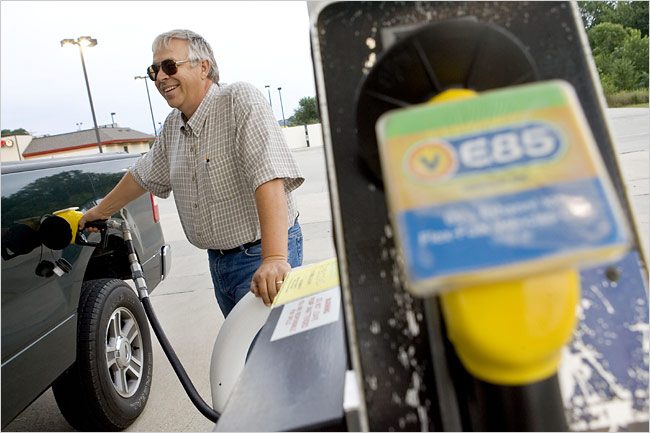 Do you like to play with online tools? I do. I like environmental calculators. It’s fun to plug in a bunch of numbers and see what you come up with.
Do you like to play with online tools? I do. I like environmental calculators. It’s fun to plug in a bunch of numbers and see what you come up with.
Take environmental calculators offered by paper companies. Want to know how much you can green your print marketing just by making a simple switch? They’ll tell you. With a few clicks, they’ll tell you how much you can save in water, trees, landfill waste, BTUs of energy, and more simply by switching from virgin to a variety of other stocks with postconsumer waste (PCW) content.
What’s incredible is how little it takes to make a huge difference. Simply by increasing your PCW content from, say, 10% to 25%, you can actually decrease your carbon footprint by thousands of percent. For example, using the environmental calculator from Wausau Paper (500 sheets of 8.5 x 11″ with 10% PCW content), I could save the following:
- 1.4 gallons of water
- .1 lbs. of landfill waste
- .3 lbs. of greenhouse gas emissions
- 944.8 BTUs of energy
But when I bumped my PCW content to 25%, look what happened:
- 36.4 gallons of water saved
- 2.2 lbs. landfill waste diverted
- 7.6 lbs. greenhouse gas emissions eliminated
- 24,593.7 BTUs of energy saved
That extra 15% of PCW content — which would never be noticed on nearly every level — increased the environmental savings in the 2000% PLUS range. When it comes to BTUs, your savings jump 2600%! One simple choice — noticeable by probably no one — had a major savings for the earth.
If you move into campaigns with sheets in the thousands, the numbers go off the charts. Just imagine if you were using industrial rolls!
There are other environmental calculators out here, as well. I’ve recently written about those from Neenah, Mowawk, and New Leaf Paper. Check them out. They’re fun — and very informative. It’s one thing to know intellectually that recycled content (especially PCW content) deceases your carbon footprint. It’s quite another to see it in hard numbers.
Like this post? See all my “Greening Print Marketing” posts.
Image: courtesy of The Stock Exchange (uploaded by hisks)



A lot of talk — does not do enough !!
A lot of talk — does not do enough !!
Good point. People have to actually make changes in their behavior before tools like this have any real meaning.
Good point. People have to actually make changes in their behavior before tools like this have any real meaning.
Do you believe the junk you write? Environmental calculators don’t even come close to being credible tools for establishing environmental footprints of anykind as they relate to paper. Invest the time required to understand the facts, science and economics before you go telling others what’s right.
Do you believe the junk you write? Environmental calculators don’t even come close to being credible tools for establishing environmental footprints of anykind as they relate to paper. Invest the time required to understand the facts, science and economics before you go telling others what’s right.
Some of the calculators do. New Leaf Paper’s, for example, is actually an environmental audit, with numbers authenticated by The Environmental Defense Fund. There was exhaustive research done, with backing by solid research. It would be interesting to compare the results of different calculators side by side and see the extent to which the numbers line up.
Some of the calculators do. New Leaf Paper’s, for example, is actually an environmental audit, with numbers authenticated by The Environmental Defense Fund. There was exhaustive research done, with backing by solid research. It would be interesting to compare the results of different calculators side by side and see the extent to which the numbers line up.
Sorry to the bearer of bad news but I believe the result you posted for 25% PCW paper is based on 5,000 sheets not the 500 sheets used for calculating the 10% PCW paper. I just used the calculator and got a much less skewed result.
Are you kidding? This kind of “feel” good pseudo science creates more harm than good. While we agree that reducing our carbon footprint is clearly the right thing to do, we must get the science right!
Are you kidding? This kind of “feel” good pseudo science creates more harm than good. While we agree that reducing our carbon footprint is clearly the right thing to do, we must get the science right!